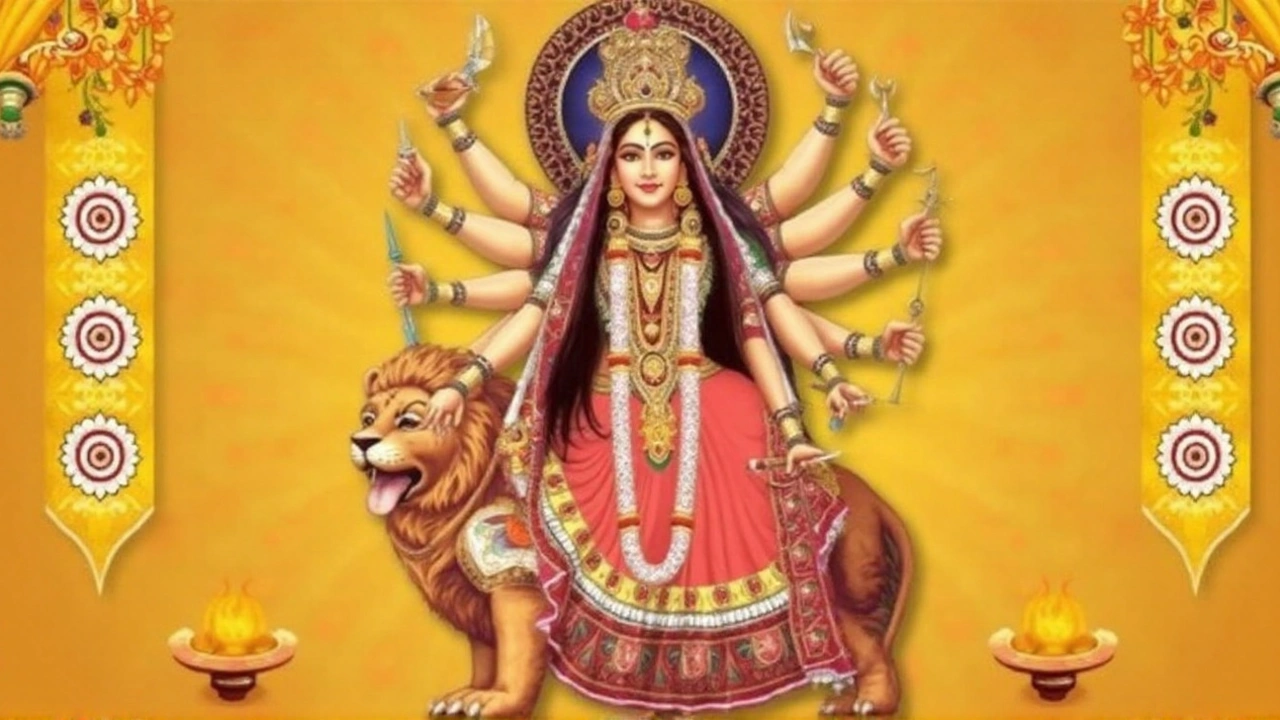Color Significance in Hindu Culture: What Every Reader Should Know
Ever wonder why many Hindu temples are painted in bright shades or why you see orange scarves on holy days? Colors aren’t just decoration—they carry deep meaning that guides how we worship, celebrate, and even dress. In this guide you’ll get a quick rundown of the most common Hindu colors, what they stand for, and easy ways to bring their power into your own life.
Common Hindu Colors and Their Meanings
Red (Lal) – Red is the color of energy, love, and fertility. You’ll see it on wedding sarees, on the forehead mark (bindi), and in sunrise prayers. Red sparks passion and helps focus the mind during meditation.
Yellow (Peela) – Associated with knowledge and happiness, yellow shows up in festivals like Sankranti when people sprinkle turmeric. It’s also the color of the sun, so it lifts spirits and promotes clarity.
Orange (Saffron) – This is the most sacred hue for many Hindus. Saffron represents sacrifice, purity, and the quest for truth. Monks wear saffron robes, and flags flown at temples are usually this shade.
Green (Hara) – Green connects us to nature, growth, and health. It’s the go‑to color for prayers related to agriculture and for rituals that ask for prosperity.
White (Safed) – White stands for peace, truth, and the divine. It’s worn during mourning and on days of spiritual cleansing. Light-colored puja items help keep the atmosphere calm.
Using Colors in Daily Practice
Now that you know the basics, try adding a splash of meaning to your routine. Start mornings by lighting a yellow candle while you read a verse; the bright light can sharpen focus. When you feel stressed, wear a red scarf or keep a red flower nearby to boost confidence.
During meditation, visualize a color that matches your intention. Want compassion? Picture a soft orange glow around your heart. Seeking knowledge? Imagine a gentle green light expanding from your forehead.
At home, decorate your altar with small items in the colors you want to attract. A white flower for purity, a blue cloth for calm, or a green plant for growth—each choice helps set the mood without extra effort.
Food can also be a color cue. Serve turmeric‑spiced dishes on a yellow plate for happiness, or add a dash of beetroot to a dessert for a touch of red vitality. Your body absorbs the symbolism as you eat, making the practice feel natural.
Remember, you don’t need every color at once. Pick one that resonates with where you are today and use it consistently for a few weeks. You’ll notice subtle shifts in how you feel and how others respond.
By paying attention to color significance, you turn everyday moments into small acts of devotion. It’s a simple habit that can deepen your connection to Hindu traditions and bring a bit more meaning to each day.

Navratri Colors: What to Wear Each Day for Luck and Happiness
Each of Navratri's nine nights is linked to a specific color that reflects a Goddess's energy. Wearing the right hue is believed to attract blessings, prosperity, and peace. Learn the day‑by‑day guide, the deeper meaning behind each shade, and how the tradition shapes community celebrations across India and abroad.